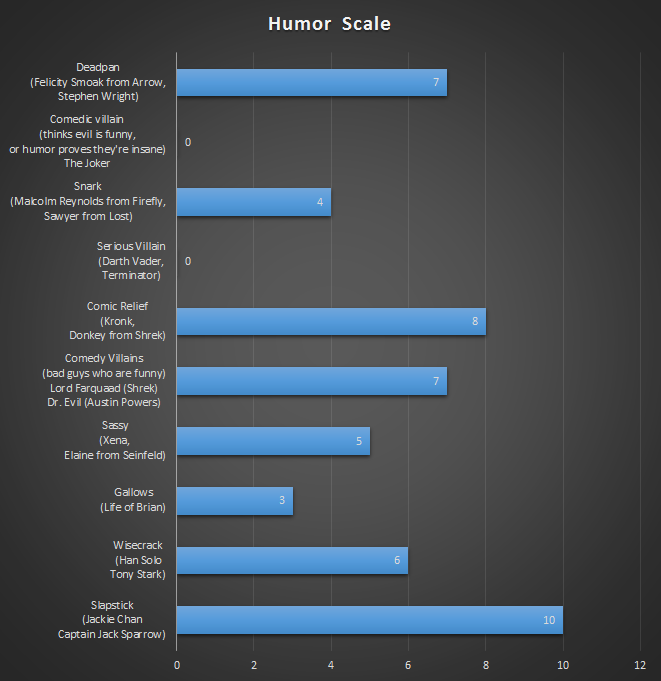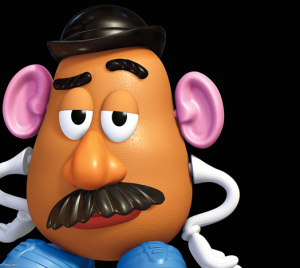I’m one of those people that read for the character. Give me someone I can cheer for or fall in love with and I’ll follow their journey to the end. However there is one trait that will make me throw the book across the room and use it for skeet. Passive POV characters. By that I mean characters that aren’t proactive. They don’t act, they react.
The literati call them anti-heroes, some people call them anti-protagonists, I’ve even heard them called Bella Swan. But a passive character by any other name would become as skeet, or something like that. There are personal reasons for my dislike that I won’t go into but the simple explanation is that I prefer characters that actively pursue their goal(s).
I realize that there are quite a few classics and bestsellers that contain anti-heroes and were well recieved. Some even became national bestsellers. That’s okay. I have no intention of being like the film critics that panned Star Wars. Like I said, it’s a personal dislike. As much as I hate to admit it, there are ways to include passive POVs and make it work to your advantage or at the very least keep readers like me engaged in the story.
1) This is more of an advantage than a tip but I feel that it’s important enough to list first. Since most novels center around an active character, simply writing from a passive POV will make your work stand out from the pack. No one will be able to accuse you of picking low hanging fruit. Though, be forewarned that standing out doesn’t always give you an advantage. If the plot is weak or the setting lackluster or the pacing too slow, the reader may still find the story skeet worthy.
2) Make the setting and/or plot so interesting that the reader doesn’t notice or care that the viewpoint character is passive. I know it’s a bit of a cheat but it really does work. If you haven’t read Pierce Brown’s Red Rising, go read it. It’s really well written and perhaps the best modern example of a well written passive main character. It’s definitely a work worth studying. I couldn’t finish the book because of passivity but the fascinating setting and gripping conflict saved it from being thrown across the room. I know, it sounds weird recommending a book that I never finished. Passive POVs annoy me that much. The setting and conflict kept me reading much longer than I would have otherwise so it does work.
3) A turning point. If you bring your passive character to a point where they have no choice but to become proactive, that can give readers a reason to reconsider pitching. However, the timing on this is very tricky because every reader is going to have a different throwing point. I would advise placing it earlier rather than later, but again, that’s subjective.
4) Kill them! Yes, I’m a little blood thirsty but this really can work. For example, if their passive nature is the cause of their death it can be the inciting incident that a more proactive POV character needs to step up and change the world. It also gives readers like me a wonderful feeling of satisfaction.
5) Make their passive nature an act or ploy in order to manipulate the other characters. The Scarlet Pimpernel books by Baroness Orczy are great examples of this. In public, Percy was a useless fop that didn’t give one whit about politics, social injustice, or anything else that didn’t come from a good tailor. In private, he was the mastermind behind the rescue of hundreds of innocent aristocrats during the French Revolution. The ploy of passivity kept him from falling under suspicion and allowed him to gain valuable intelligence. Plus, because the reader knows it’s an act, it makes the passive behavior more tolerable.
6) Pass the torch. In some ways this is a variation of rule 4. But if you loathe to kill your darlings you can have them retreat to the shadows in cowardice and charge a more active character to take up the cause.
If you know of other ways to make this work or have a reading suggestion where any or all of these techniques were used well, feel free to post them in the comments.






